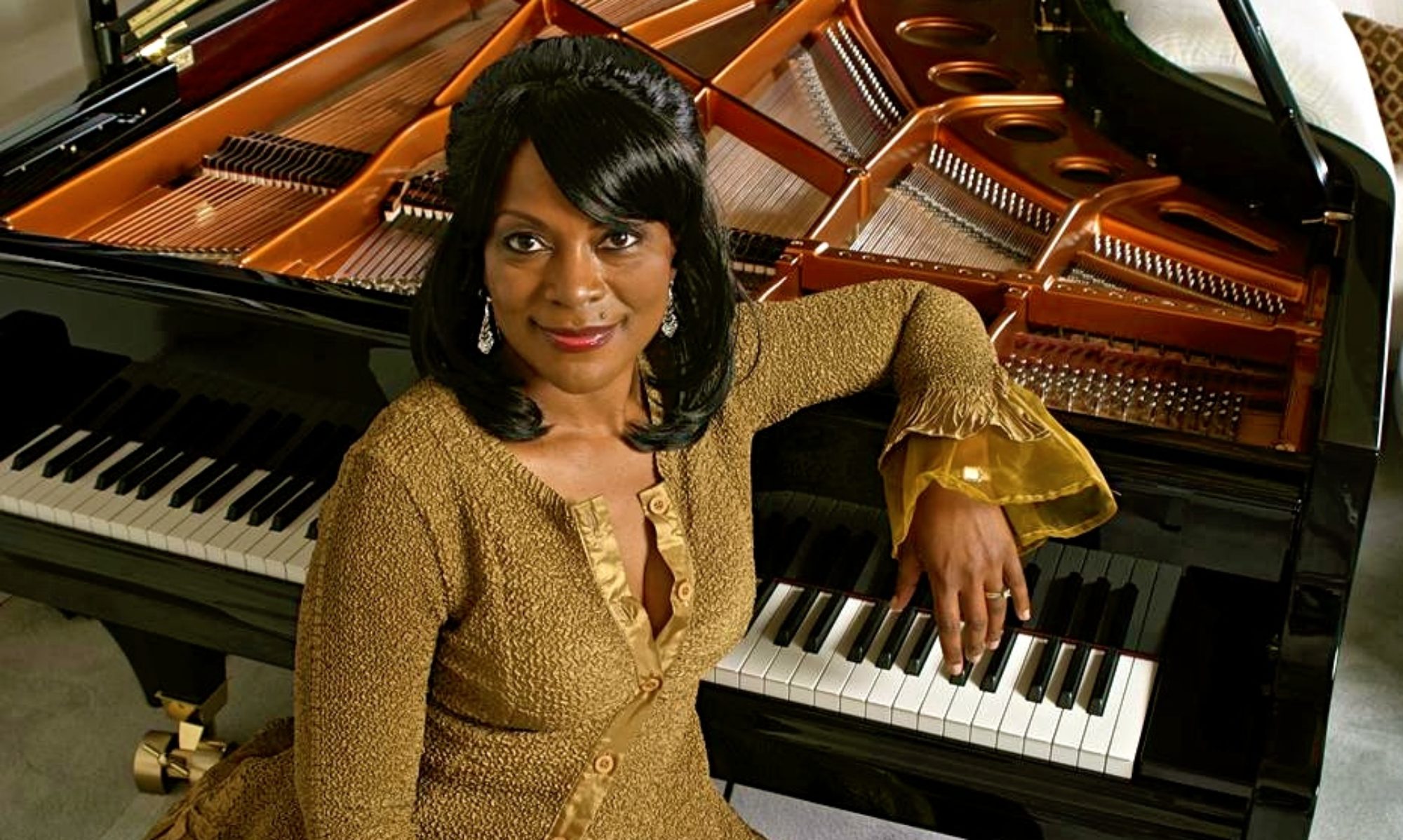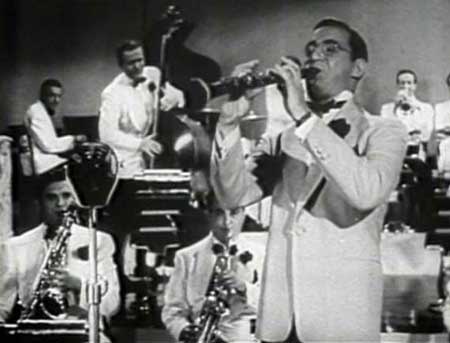Innovator From the Deep
Once in a while a Jazz musician comes along and changes the course and direction of music, an instrumentalist that takes his instrument into a new direction that [all those] others after him follow like a beacon. These innovators, to name a few, include: Charlie Parker on alto sax, Wes Montgomery on guitar, Oscar Peterson or Bill Evans on piano.1
However, on the bass, there is only one: Stanley Clarke
Stanley Clarke, raised in Philadelphia, burst onto the music scene as a teenager in 1971, arriving in New York straight out of the Philadelphia Academy of Music. He immediately landed jobs with famous bandleaders such as: Horace Silver, Art Blakey, Dexter Gordon, Joe Henderson, Pharaoh Saunders, Gil Evans, Stan Getz, and a budding young pianist composer named Chick Corea.
Before Stanley Clarke, the traditional role of the bassist in the band was that of [the] timekeeper; and also [functioning as] the foundation, the person in the band that played the lowest note in the chord, the note that the chordal structures of the songs were built upon. Stanley came along with a deep sense of melody crafted from years of listening to all of the musicians that came before him, not just the bassists. He also had an intense command of the instrument, because of his height, large hands and sincere and total dedication.
He began to pull away from the traditional role of the bassist and started to bring his instrument into the forefront. Stanley pushed himself towards perfection with relentless attention to be the best. His efforts catapulted him to the front of the stage as a viable melodic bass soloist where his dream manifested first in the Grammy Award Winning jazz-fusion band “Return to Forever”. RTF recorded eight albums, two of which were certified gold (“Hymn of the Seventh Galaxy” and “Romantic Warrior”); and one, “No Mystery”, won a Grammy award.
One of Stanley Clarke’s fellow bassist’s, Victor Wooten, an accredited bassist of the new era who followed in the tradition, presented the 2006 Bass Player Magazine’s Lifetime Achievement Award to him and had this to say: “There’s no way I would pass on the chance to present this award to Stanley Clarke, a man who has changed the lives of so many musicians, created opportunities for all of us bassists, and been a huge influence on me and my playing.
Presenting Stanley Clarke with a Lifetime Achievement Award is a dream come true.” Wooten continued, “Scoring movies, making recordings, and touring the world, Stanley Clarke has paved the way for all of us by spreading low-end love all over. To me, that is what a Lifetime Achievement Award is all about. It’s not just what you’ve done with your life, but also what you’ve done to help others improve their lives. I believe that Stanley has done more than he realizes in that regard”.
Clarke is a man of “firsts”— having been the first bassist in history who could double on acoustic and electric bass with equal ferocity, as well as the first bassist ever to headline tours, selling out shows worldwide. Clarke recorded what is now considered to be the must-know bass anthem, “School Days.” To this day, accomplished and aspiring bassists continue to imitate his style seeking to master his pioneered techniques.
Lloyd Gregory


